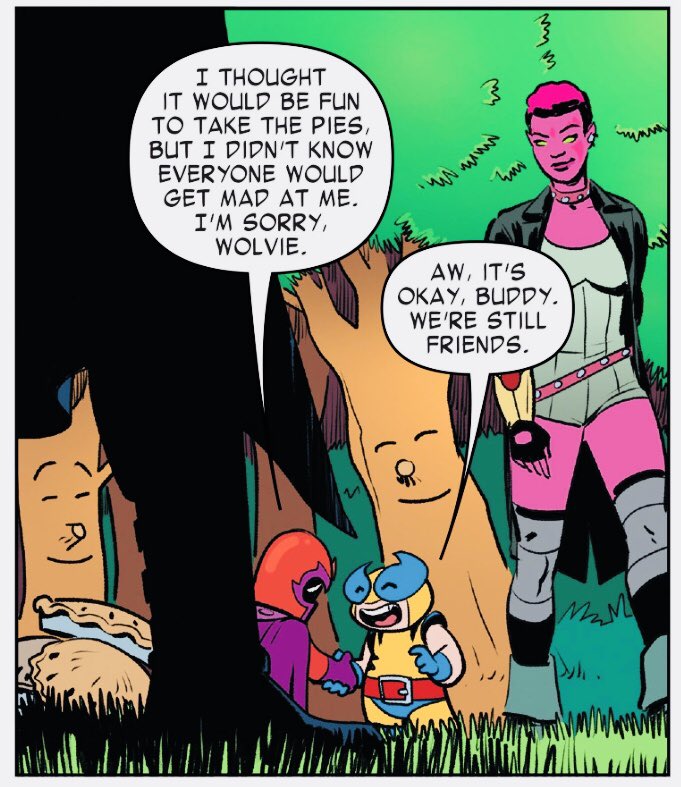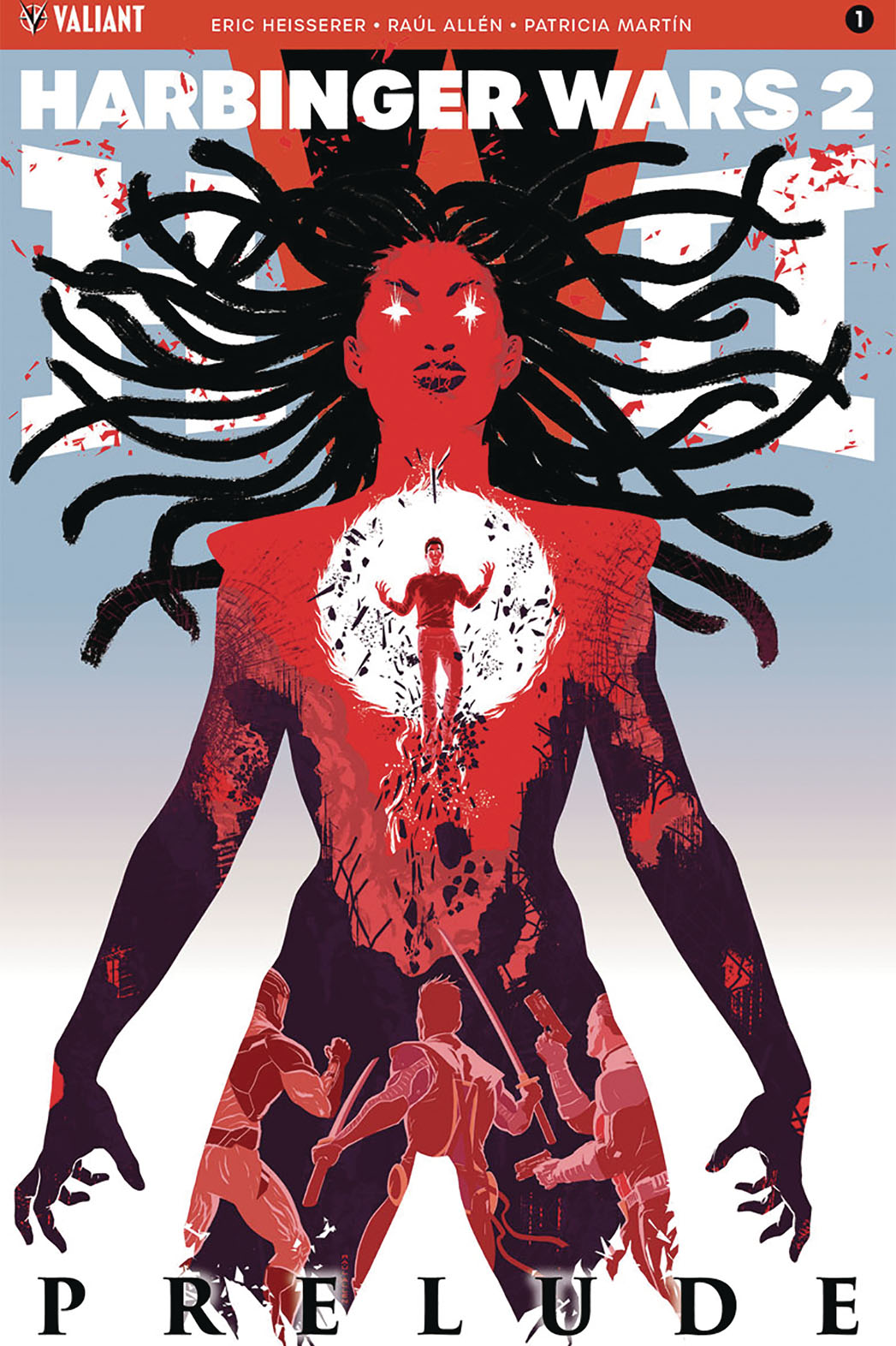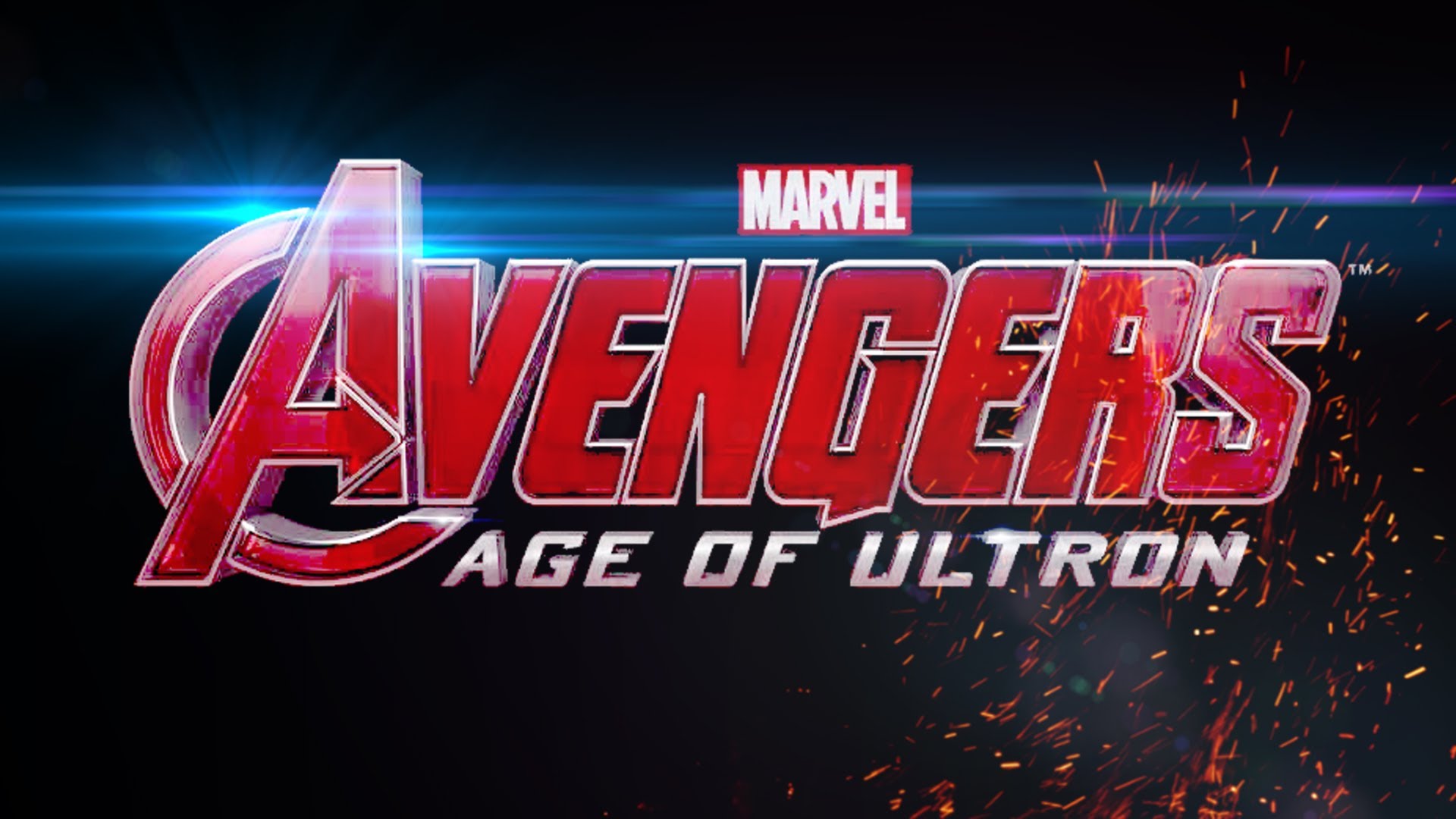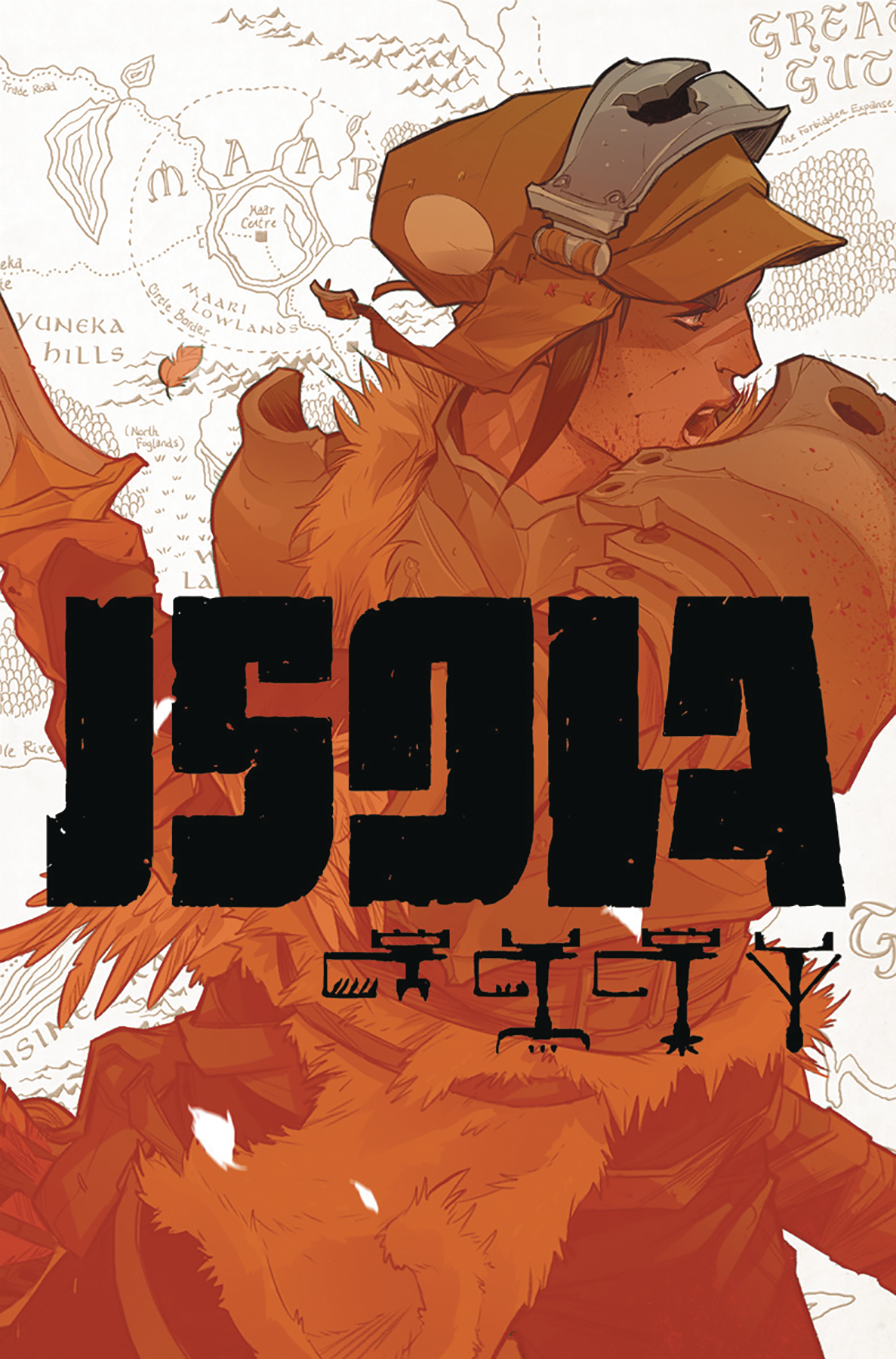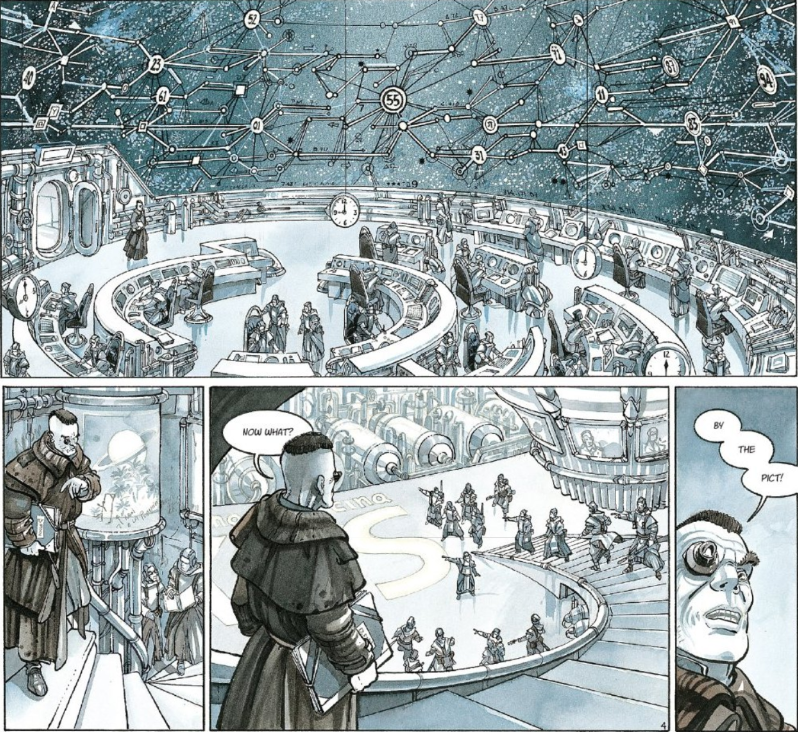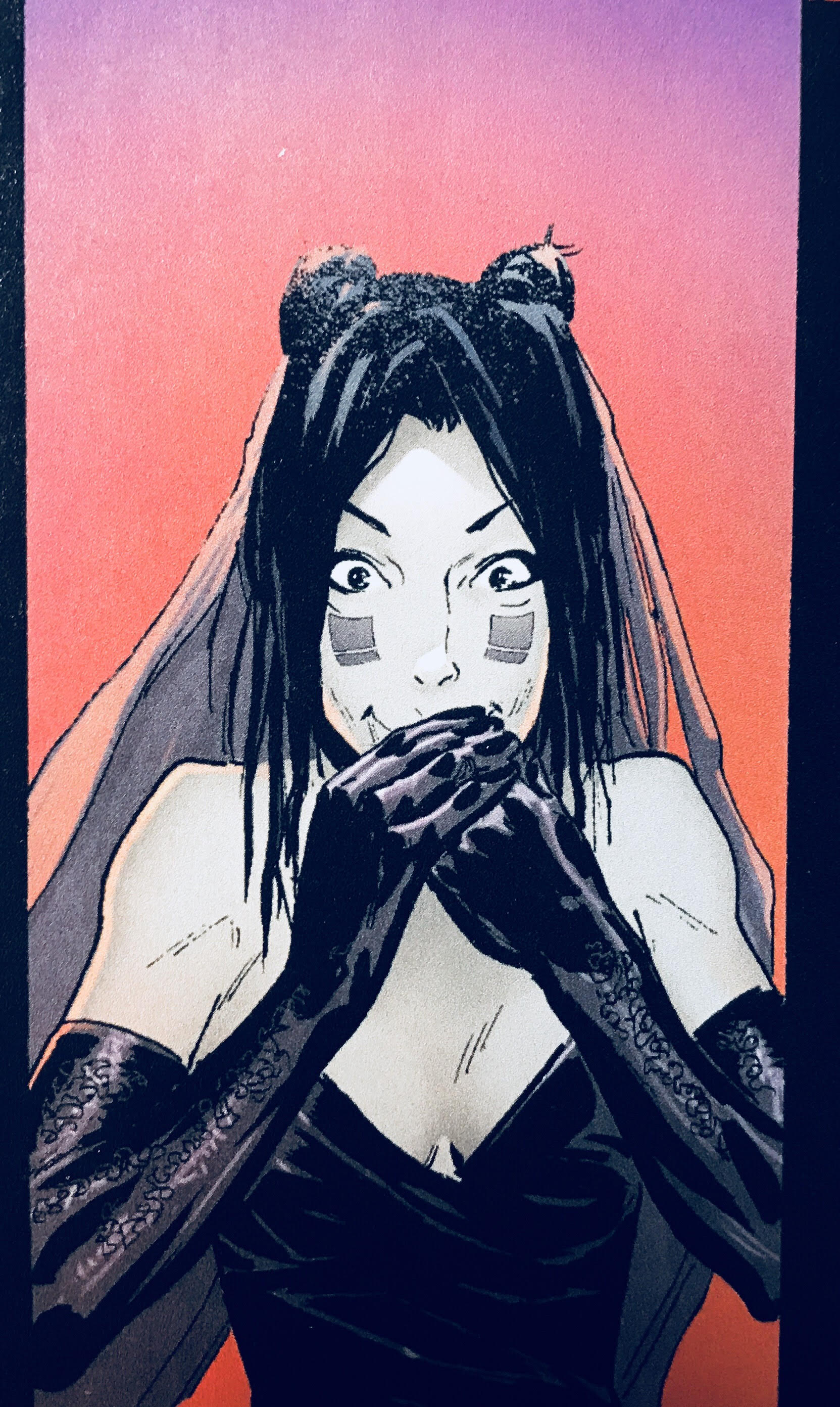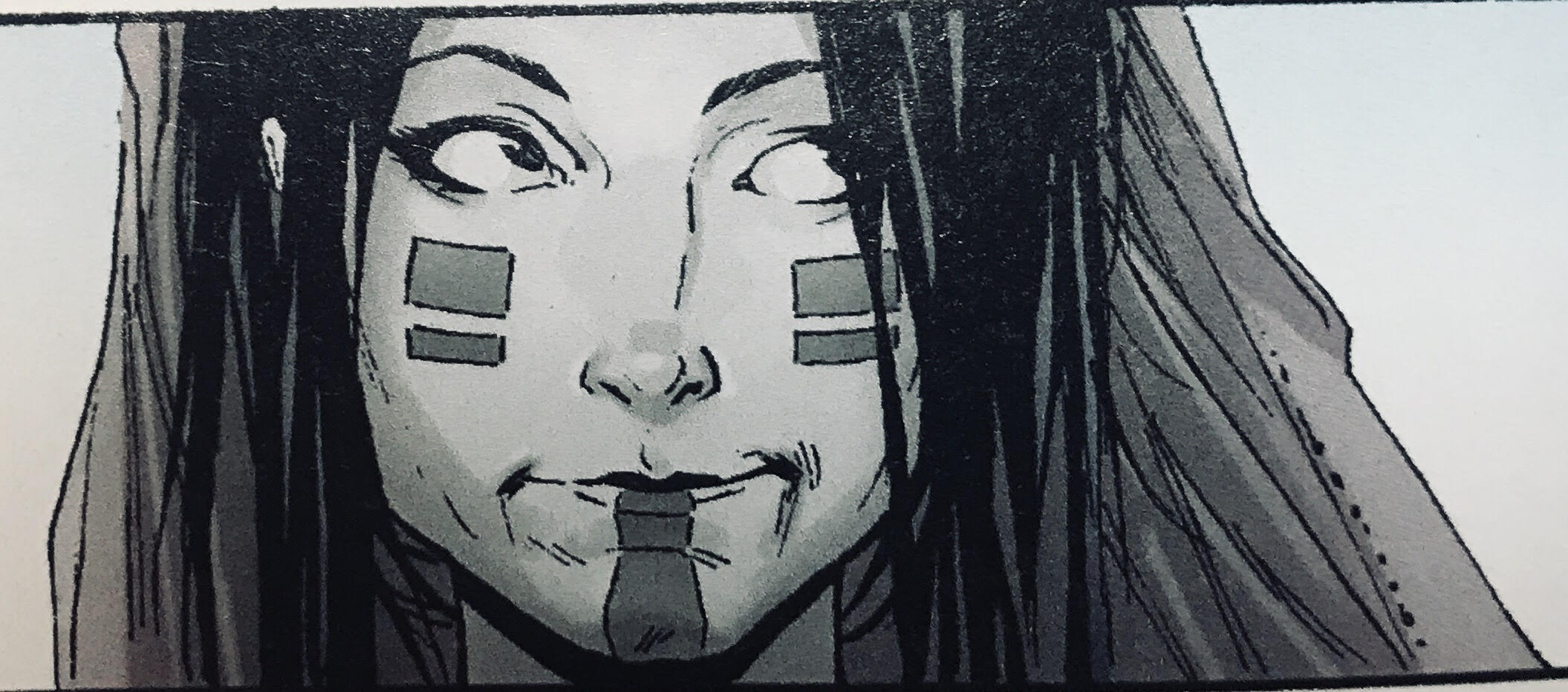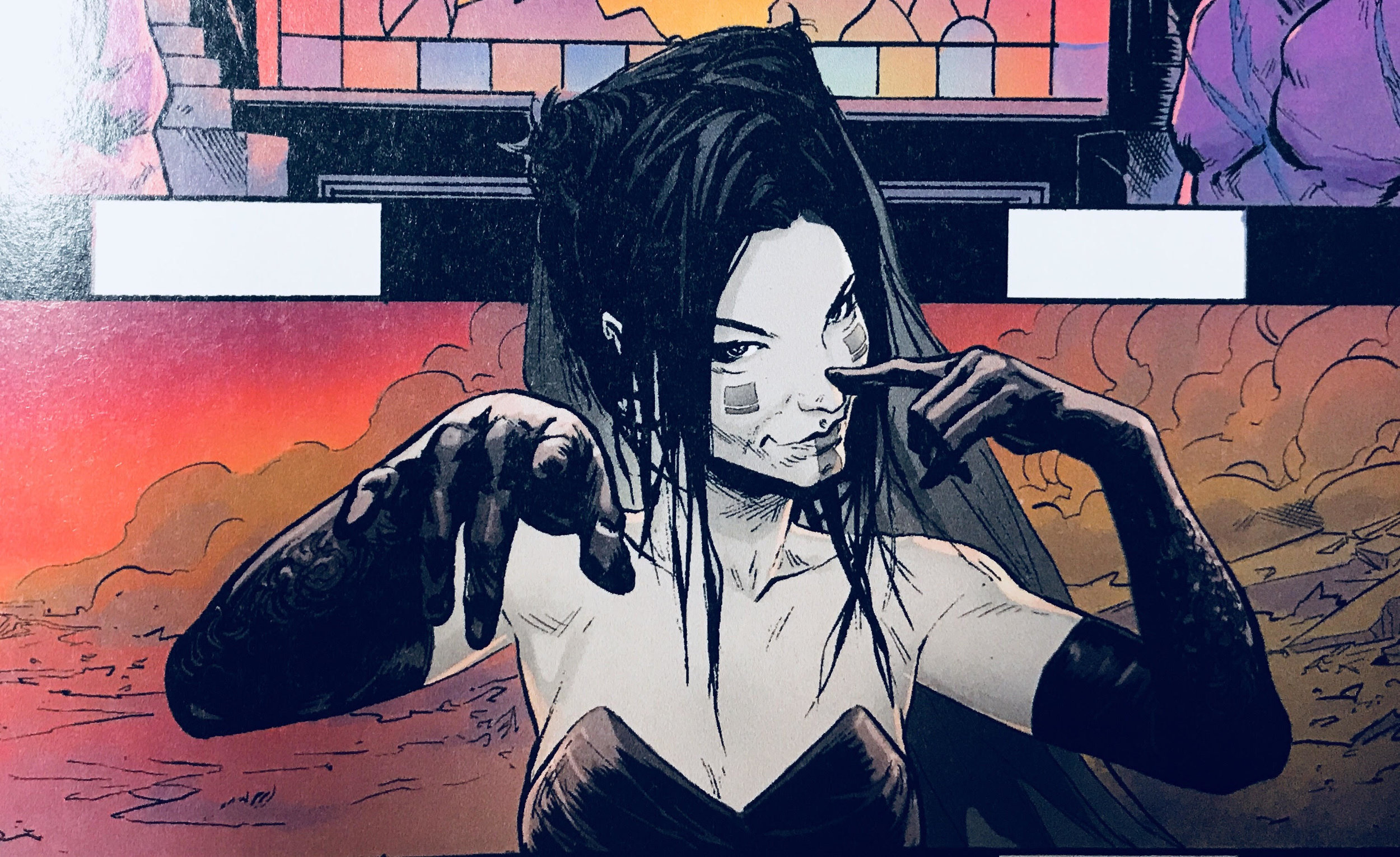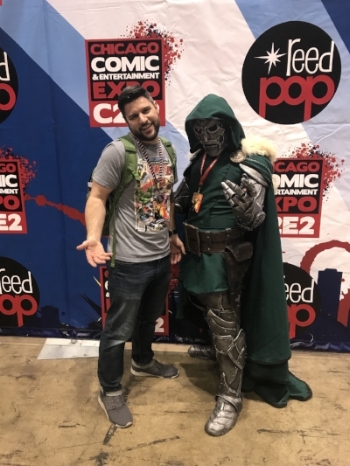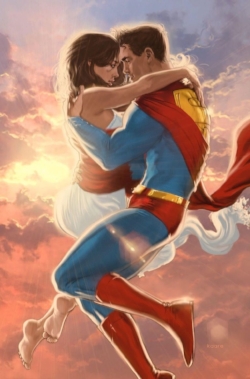March was heavy on great new series like Gideon Falls, Oblivion Song, Eternity Girl, etc., but it was also a solid month for long-running books, too. Just look at Saga #50. As I’m fond of mentioning, I believe we’re in a new golden age of comics, and Saga is leading the way. Now, Saga is easy to take for granted, having been so good for so long, but it’s a real treasure, one we comic fans can and should use to indoctrinate new readers to our favorite hobby (I recently bought the full set of trades for my wife and she loved it). Anyway, my point is that it’s a good month when a book like Saga finishes #3 on our list, not by any fault of its own but because the competition was that strong.
Onward!
Close Calls
I’ve liked all DC’s Earth One books, but Green Lantern: Earth One by Corinna Bechko & Gabriel Hardman stands out. It stars a flawed Hal Jordan who’s more compelling than his main universe counterpart in a layered sci-fi epic. I’ll just be over here anxiously awaiting part II…
...Donny Cates roll continues. Redneck #11 by him, Lisandro Estherren, & Dee Cunniffee is the latest installment in this masterclass on building sympathetic characters and putting them through a hell of their own design. Over at Marvel, Thanos #17 by Cates, Geoff Shaw, & Antonio Fabela is yet another chapter of pure undistilled grandiosity, dark as it is awesome...
...Speaking of undistilled grandiosity (whatever that means), Dark Nights Metal #6 by Scott Snyder, Greg Capullo, & Jonathan Glapion was a great finale for my favorite Big 2 event in some time. Epic and engaging, Metal broke some (literal) barriers for the DC Universe, paving the way for big books of the future, big books like May’s No Justice...
...As for the other new DC books—the New Age of DC Heroes—I’m liking them. Yeah, the artists bailed after three issues, they don’t have much to do with Metal, some concepts are ripped straight off Marvel, etc., but The Terrifics, Silencer, Sideways, and even Damage are still good comics...
...Right now, family dynamics projected on comic book-y plots is hot as Hansel (thanks Tom King), and one great example of this is Assassinistas by Tini Howard and Gilbert Hernandez on Shelly Bond’s Black Crown imprint at IDW. Also on that imprint is Punks Not Dead by David Barnett & Martin Simmonds, which stars Sid Vicious’ ghost and a dopey high school kid. Where oh where was this when I was in my Bad Religion/blue hair phase at 16?...
...Finally, the toughest book to leave off the top was Descender #28 by Jeff Lemire & Dustin Nguyen. Now that the full existential stakes of this story are coming into focus, holy cow is it tickling my brain bulbs (is that a thing? also, gross).
Top Comics of March 2018
5. Secret Weapons: Owens Story #0 by Eric Heisserer, Raul Allen, & Patricia Martin
This is one impressive book from a craft perspective, especially in terms of structure. The titular Owen is a Psiot who manifests seemingly-random objects, and his story here consists of vignettes based on objects he’s selling at a yard sale, objects he manifested, objects with stories telling us more about our characters. The concept is risky, but Heisserer and his collaborators execute it well, creating the type of book that reminds you why having an upstart, third superhero publisher like Valiant benefits the industry.
4. Green Arrow #38 by Benjamin Percy & Juan Ferreyra
What can I say that I haven’t already in my paean for Benjamin Percy, Juan Ferreyra, and Otto Schmidt’s now-ended run on Green Arrow? I think it’s an all-timer. This last issue was a fitting end for it, and it will be dearly, dearly missed.
3. Saga #50 by Brian K. Vaughan & Fiona Staples
Saga #50 is yet another nigh-perfect chapter in the best serial narrative happening in any medium. This issue opens with a full-page panel liable to cause death-by-blushing, then pushes forward from there. Saga goes to some wildly imaginable visual places while staying always focused on the heart of its story: a family on the run.
Its concept has evolved little, which is great; it hasn’t needed to. Vaughan just keeps hitting bittersweet, heartbreakingly true character moments with his scripts, while Staples draws the best concept designs of any comic in decades. This book is a sublime pleasure.
2. Mister Miracle #7 by Tom King & Mitch Gerads
And what can I say about this issue that wasn’t already said by Brandon Evans, who wrote an excellent meditation on the family dynamics at play in this issue and the rest of Mister Miracle. This issue saw our main characters having a child, during a birth process steeped in references to Jack Kirby’s Fourth World books that gave us Big Barda and Scott Free, as well as some clues to the dense puzzle the creative team here continues to weave. I suspect there is an unreliable narrator at work here, and I love it. This book seems destined to be a modern classic.
1. Abbott #3 by Saladin Ahmed, Sami Kivela, & Jason Wordie
The first two issues of Abbott felt special, comparable to Vertigo during its ‘90s heyday. Like many of the books from that line, Abbott takes us to places—both tangible and thematic—that comics are largely yet to go. The protagonist is a woman of color, the setting is Detroit, the time is the 1970s, and all of that is as well-wrought and gritty as one would expect. Writer Saladin Ahmed is a Detroit-area resident, and it shows in how there are brief tidbits about neighborhood and business closures that one could likely only know by being part of the fabric of the community.
So, yes, the first two issues of Abbott established it as a very good book. This third issue, though, absolutely blew me away. The creative team on this book has just gelled so well, with all of their various skill sets forging seamlessly together. Ahmed and artist Sami Kivela’s contributions are obvious via the excellent plot/script and artwork in evidence. Colorist Jason Wordie is also an invaluable part of the team, with his work giving Abbott a 1970s noir aesthetic that feels both new and familiar. Kivela’s aforementioned artwork is sharp, but also frightening and hazy when the supernatural nature of the story calls for it.
I also want to note the story work being done by the page design. I’m always unclear on exactly who does this, but the panel layout here is absolutely stellar. Just look at how the design and layout below function to bring out the drama in our story, even during something as visually pedestrian as a phone call...








